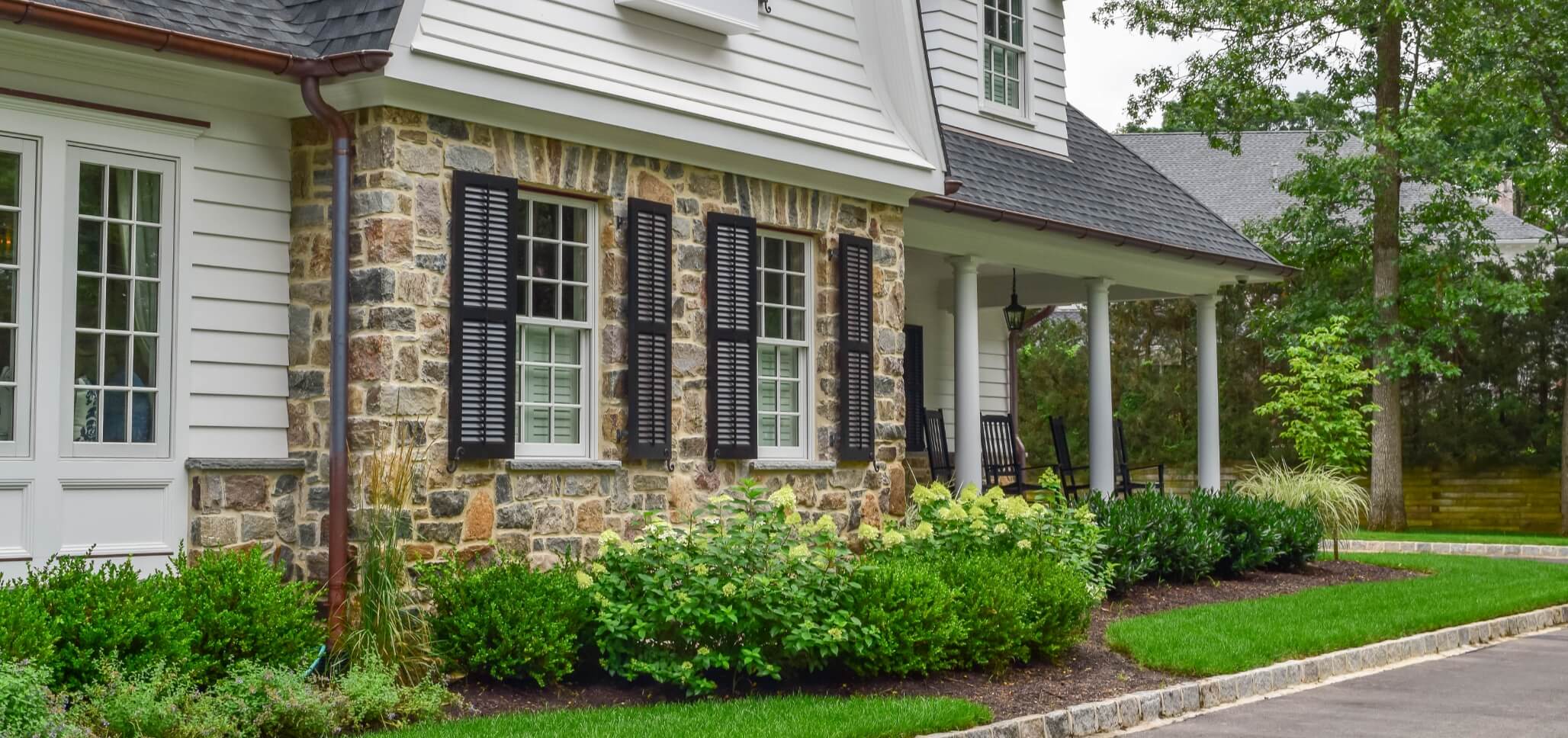 Retaining walls can be a landscape necessity, or a decorative addition designed to add visual interest to a landscape design. Either way, a sound hardscape design, solid craftsmanship and high-quality retaining wall materials are the key to building attractive walls that will last for decades.
Retaining walls can be a landscape necessity, or a decorative addition designed to add visual interest to a landscape design. Either way, a sound hardscape design, solid craftsmanship and high-quality retaining wall materials are the key to building attractive walls that will last for decades.
Here is a comparison guide, discussing some of the most popular choices for retaining wall materials, in addition to their pros and cons.
Concrete Block Retaining Walls
Concrete blocks are becoming one of the most popular choices for retaining walls because they come in a wide variety of colors, shapes and sizes, making it easy to create a free-standing wall that blends with any architectural design. Because it does not use footings, concrete blocks are recommended for retaining wall applications that are less than 4-feet high.
Pros:
- Help to control moisture runoff and drainage
- Can be used for curved and sculpted wall designs
- They are made to be stacked, eliminating the need for mortar
Cons:
- Cannot be used for walls higher than 4-feet tall
- Do not provide the look of natural stone
Natural Stone Retaining Walls
Natural stones provided man’s first retaining wall materials. In fact, remnants of ancient, natural stone retaining walls dot rural landscapes across the globe.
Pros:
- Provide a completely natural look
- One of the most traditional aesthetics for retaining walls
- Can be used for curved designs
Cons:
- More expensive than concrete blocks
- Time consuming to build
- Material is not recommended for walls exceeding 3-feet in height
- Is not as effective at controlling water flow
Concrete Retaining Walls
An attractive alternative for modern homes is a solid concrete retaining wall. In addition to providing clean lines that complement contemporary home design, concrete retaining walls are very strong, and can be built to accommodate higher retaining walls on properties with steep slopes. The material can also be dyed in virtually any color to create an artistic and colorful design.
Pros:
- One of the strongest and most durable retaining wall options
- Can be molded and formed to any shape or style
- Footings allow the walls to be constructed higher than 4-feet
Cons:
- Require a considerable amount of skill to provide a flaw-free form
- Can crack
- Create a very modern aesthetic, which may not work with older architectural designs
Brick Retaining Walls
Similar to natural stone, retaining walls from oven-fired clay bricks have been used for centuries. Brick creates a beautiful aesthetic, and although it isn’t completely natural, brick begins to become absorbed by its natural surroundings over time.
Pros:
- Brick is very attractive
- Brick walls are strong and durable and can last for decades without much maintenance
- Complement both traditional and some modern architectural designs
Cons:
- Installing brick retaining walls is labor intensive
- Not as cost effective as other options
- Drainage must be accounted for in the design
A professional masonry supply store can help you select the best retaining wall materials for your landscape.
